From preeminent math personality and author of The Joy of x, a brilliant and endlessly appealing explanation of calculus—how it works and why it makes our lives immeasurably better.
Without calculus, we wouldn’t have cell phones, TV, GPS, or ultrasound. We wouldn’t have unraveled DNA or discovered Neptune or figured out how to put 5,000 songs in your pocket.
Though many of us were scared away from this essential, engrossing subject in high school and college, Steven Strogatz’s brilliantly creative, down-to-earth history shows that calculus is not about complexity; it’s about simplicity. It harnesses an unreal number—infinity—to tackle real-world problems, breaking them down into easier ones and then reassembling the answers into solutions that feel miraculous.
Infinite Powers recounts how calculus tantalized and thrilled its inventors, starting with its first glimmers in ancient Greece and bringing us right up to the discovery of gravitational waves (a phenomenon predicted by calculus). Strogatz reveals how this form of math rose to the challenges of each age: how to determine the area of a circle with only sand and a stick; how to explain why Mars goes “backwards” sometimes; how to make electricity with magnets; how to ensure your rocket doesn’t miss the moon; how to turn the tide in the fight against AIDS.
As Strogatz proves, calculus is truly the language of the universe. By unveiling the principles of that language, Infinite Powers makes us marvel at the world anew.

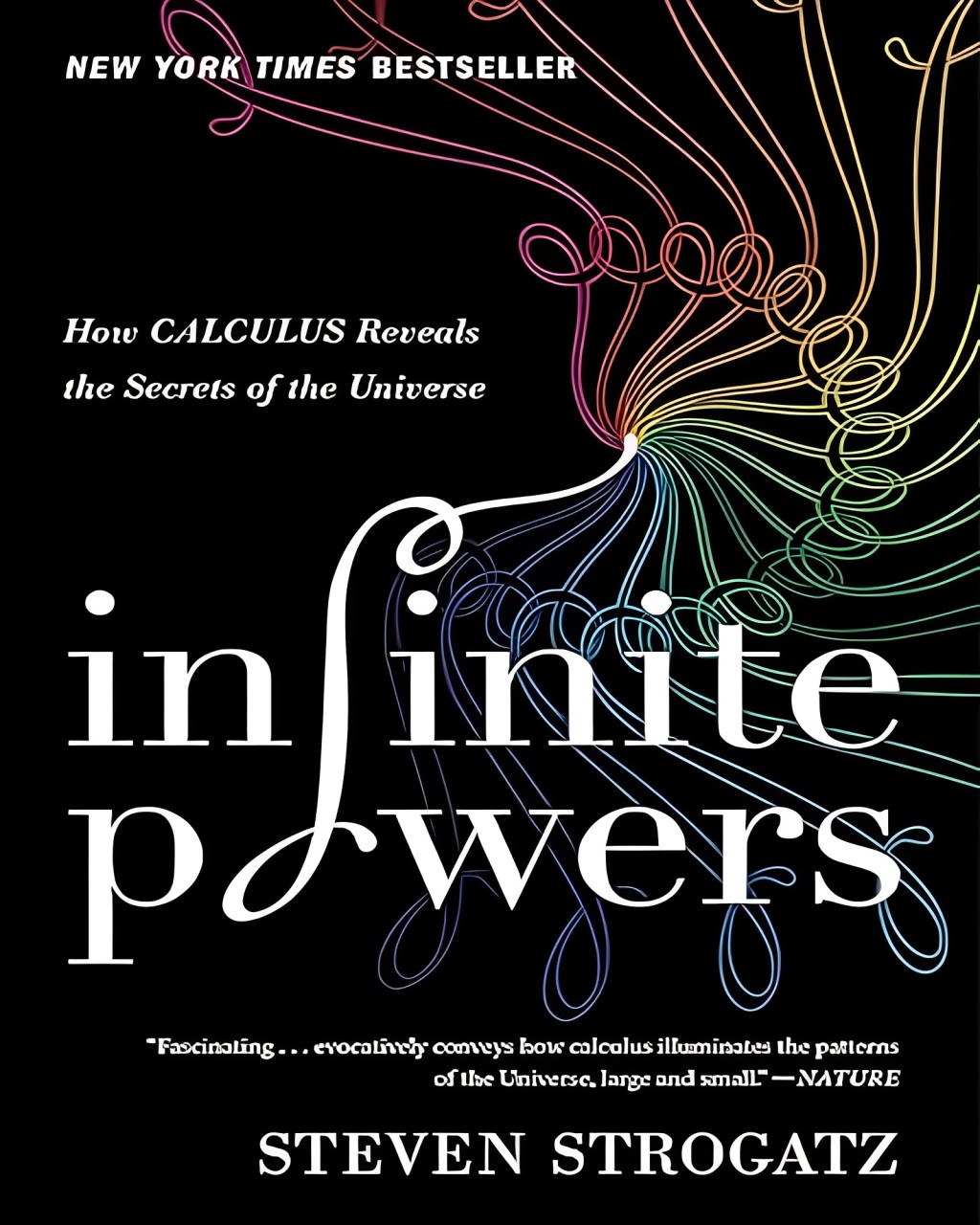

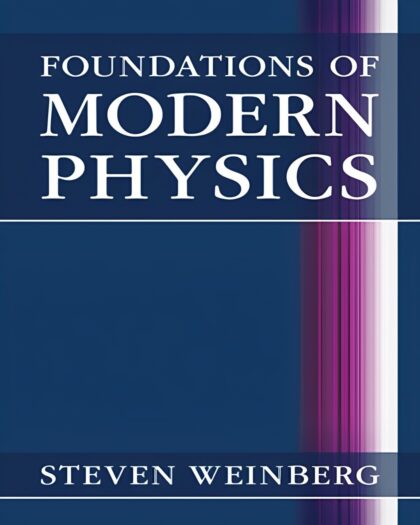
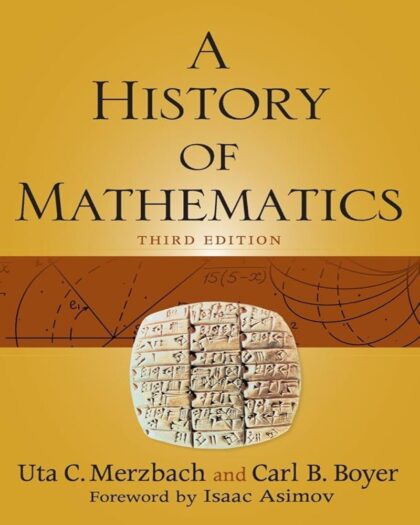
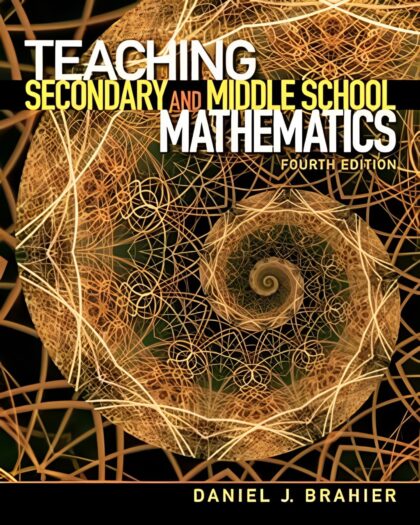

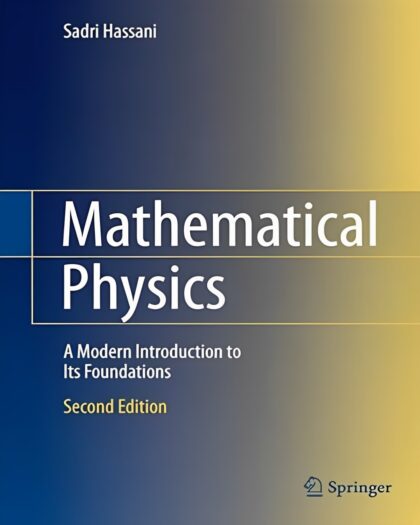

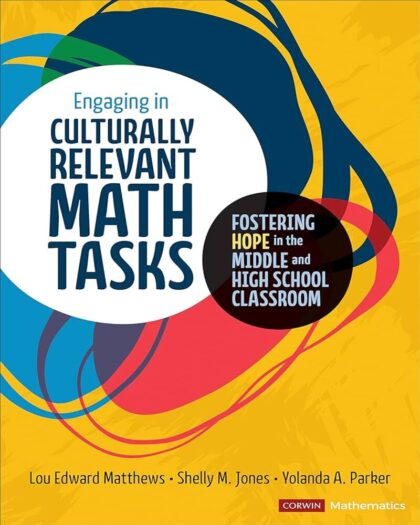
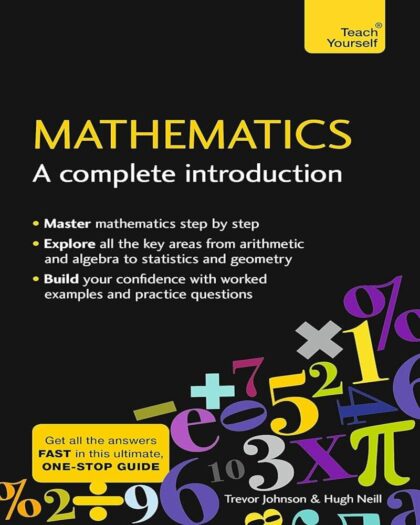
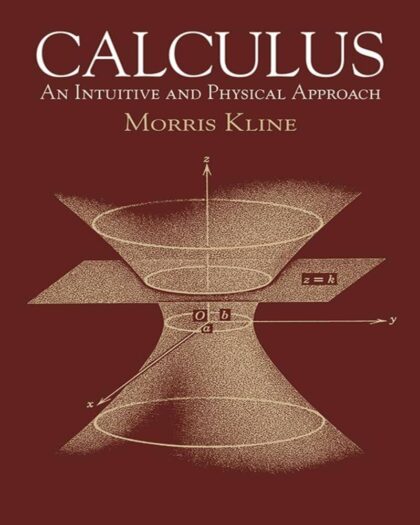
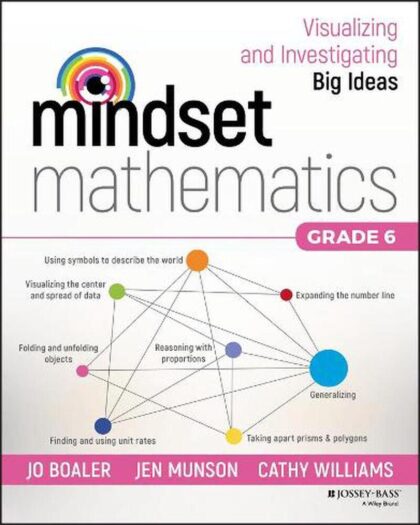
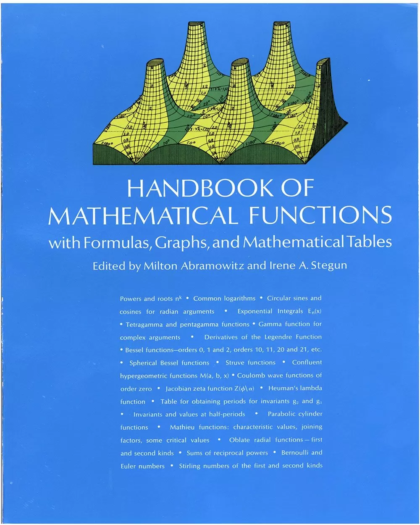

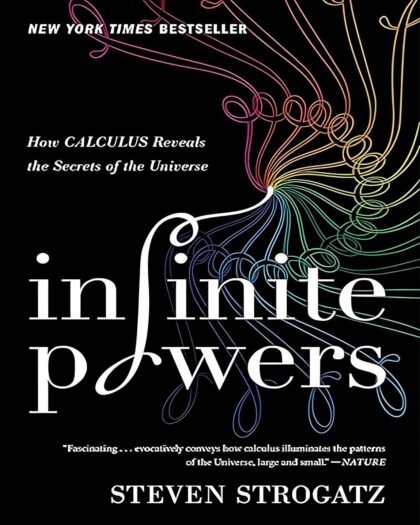
and obviously also for those who love it. Infinite power “sums up” (get it? If not you need to read this book) so much of calculus without the algebra that loses so many people and makes many despise math. Not to mention how mind boggling the discovery’s of calculus are.
Mr. Strogatz starts the Introduction part of his wonderful book by telling this anecdote. He continues, ''For reasons no body understands, the universe is deeply mathematical. May be God made it that way. Or maybe it's the only way a universe with us in it could be, because non-mathematical universes can't harbor life intelligent enough to ask the question. In any case, it's a mysterious and marvelous fact that our universe obeys laws of nature that always turn out to be expressible in the language of calculus as sentences called differential equations.''
''Such equations describe the difference between something right now and the same thing an instant later. The details differ depending on what part of nature we are talking about, but the structure of the laws is always the same... There seems to be something like a code to the universe, an operating system... Calculus taps into this order and express it.''
''Isaac Newton was the first to glimpse this secret of the universe... If anything deserves to be called the secret of the universe, calculus is it.''
Mr. Strogatz tells the story behind how humanity discovered this strange language, how they learned to speak it fluently and finally harnessing its forecasting powers, how they used it to remake the world.
He has written this book 'in an attempt to make the greatest ideas and stories of calculus accessible to everyone'. I can say that he has greatly achieved this.
First, he shows that calculus is one of humankind's most inspiring collective achievements, roots going back to Archimedes, even Zeno, to the concept of infinity. He tells the development of ideas in a comfortable, casual way, demanding only average mathematical knowledge. He gives examples of applications from our time, which is familiar to most of us. He has furnished his story with very informative drawings.
What is very important is that, he tries to navigate the reader within the story of development of calculus in the historical, natural order of the development, which makes it much easier for the reader to grasp the ideas. He has added some wise, sense of humor here and there which makes the reading easy and fun. The rich bibliography at the end is very useful. I was able to meet another wonderful book 'The Calculus Gallery' of William Dunham from within that bibliography.
I loved the book. No wonder it was a bestseller. I highly recommend this book to everyone who is or was scared of calculus and who wants to approach to understanding 'the language of God.'
And all of that we can describe using the eternal language of math and calculus, as we go about discovering its constant and infinite continents that we seem to have imagined out of nothing starting with numbers, "real" and truly imaginary, and ideal shapes and forms, points lines circles parabolas cubics spheres vectors matrices and graphs...
Reading this book, you'll get the insiders insights into how math makes physical theories work without being bored with its technical details. The devil may be there in the latter, but, the real understanding and joy is within you and this book points to them.
This nonfiction book, for me, was a page- turner, like a Dan Brown murder/thriller/mystery. And this despite many years of advanced math training I had towards having a PhD in engineering. Further, after a couple of years, I get back to it and start reading again with the same pleasure and joy. Wishing you the same.
However, from a journey perspective this book is very enjoyable. It shows the layperson what math is and how it basically works without scaring the reader out of their wits with symbols and mathematical posturing. This is where I give this book a big applause. I really think this book should be read before studying mathematics/science/engineering so that one has a context on what has happened and why. This will then allow one to see the forest for the trees and understand that there are other forests and they too have navigational complexities. The author has done a wonderful job of being a guide through the mathematical calculus world and showing how the great minds spring-boarded off the last set of great minds. You get to see that intellect itself is non-linear. Maybe there is a partial differential equation that could compute that too !!! ;-)
We start with the work of Archimedes from about the 3rd century BCE. We see here the beginnings of integral calculus, where triangles and parabolic regions are apparently and mysteriously equivalent. Eighteen hundred years passed until a new Archimedes appeared, whom we know as Galileo Galilei. It was interesting to learn about the law of odd numbers rule, which led Galileo to conclude that the total distance fallen is proportional to the square of the time elapsed. What Galileo did for the motion of objects, Johannes Kepler did for the motion of the planets. Both channeled the spirit of Archimedes, “carving solid objects in their minds into imaginary thin wafers, like so many slices of salami.”
We see the arrival of algebra in Europe around 1200 from Asia and the Middle East. Hindu mathematicians invented the concept of zero and the decimal place system. Algebraic techniques for solving equations came from Egypt, Iraq, Persia, and China. But the study of algebra as a symbolic system began to flourish in Renaissance Europe around the 1500s. Analytic geometry makes its appearance with Pierre de Fermat, and Rene Descartes. Fermat actually invented the ideas that led to the concept of derivatives.
From here we delve into functions – power and exponential, for example. There are some interesting basics of the relationship of logarithms to exponents. And then there is the natural logarithm, which grows as a rate precisely equal to the function itself. The author notes that “exponential functions expressed in base e are always the cleanest, most elegant, and most beautiful.” This leads into a more detailed discussion of the derivative. By the time we get to Newton, we see the concept of the fundamental theorem. Newton’s brainstorm was to invite time and motion into the picture and let the area flow. And now we are into integral calculus. The author notes that the reason integration is so much harder than differentiation relates to the distinction between local and global, which he clearly demonstrates in the book. I think the author has done a great job of showing us just how these concepts arose and how to make sense of them. You won’t get this is in your typical calculus book.
After this, we delve into differential equations – ordinary and partial. The author gives a clear explanation of what these beasts are and some real-world examples to help us understand. In talking about the future of calculus, the author discusses some applications, such as nonlinearity (biology, sociology) and chaos, where you have an inherent sensitivity to initial conditions. He concludes by taking us to the “Twilight Zone” for three examples of the eerie effectiveness of calculus.
What I liked mainly about the book was the intuitive way Strogatz describes differentials and the development of calculus from Newton and Leibniz onwards. He introduces these concepts in several ways. My favorite was the way he demonstrated simply cubing the number 2 and contrasting it with cubing 2.01, where the latter can be expressed as the cube of a sum (2 + .01) and then expanded out with Pascal's triangle. From merely looking at the multiplication of these numbers, one can immediately get a sense of which terms can be neglected in this specific sum and in the whole process of differentiation.
Strogatz also clearly explains many classic equations in mathematics and physics, such as the heat and the wave equations. I particularly liked the way he described the development of the Fourier series and how this series converts differentiation of sine and cosine into a simple multiplication by minus one, making it easy to deal with. I also liked how he explained how one can easily express even very angular shapes such as a triangular waveform in terms of Fourier series.
I enjoyed many of the practical examples of how we can see calculus in everyday life, ranging from the oscillations of HIV in people, as tracked by Alan Perelson and David Ho, to the development of CT scans by Hounsfield and Cormack. Strogatz gives an especially hands-on understanding of the fundamental theorem of calculus by describing it in terms of a well-known paint roller analogy and how it can link together the disparate ideas of the slope of a function and the area under a curve.
Finally, I enjoyed the discussion of many of the personalities in mathematics, such as Descartes and Fermat. I hadn't appreciated the famous feud between these two until I read the book.
Overall, a great read. I'd highly recommend it, especially for anyone studying or using calculus.